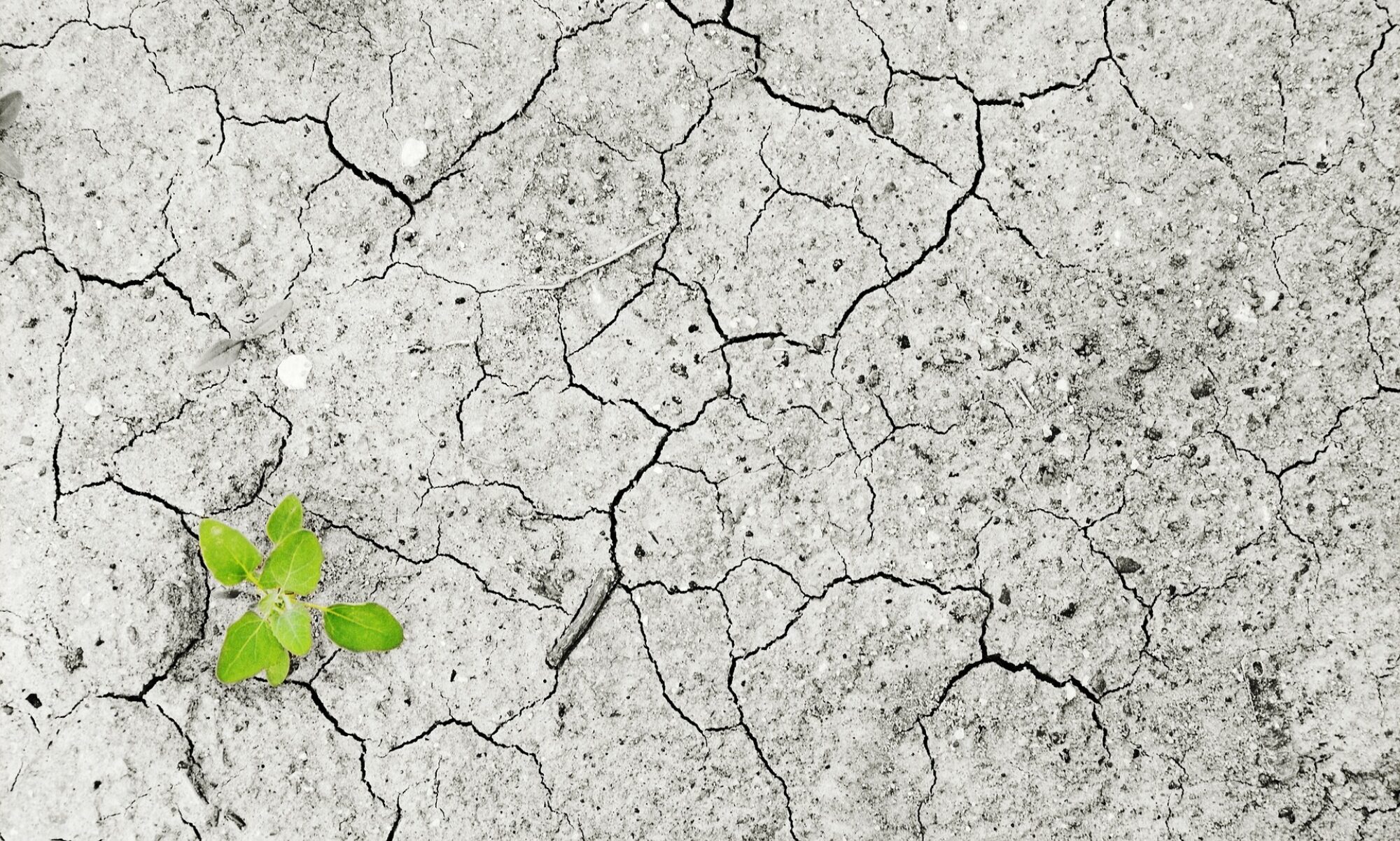Date: 2 April 2021
Court: United States Second Circuit Court of Appeals
Citation(s): City of N.Y. v. Chevron Corp., 993 F.3d 81 (2d Cir. 2021)
Short summary
New York City sued the five largest producers of fossil fuels for contributing to climate change under state tort law. The Second Court of Appeals affirmed the District Court’s dismissal of the suit, holding that state common law claims to redress greenhouse gas emissions are displaced by federal common law, which in turn is displaced by the Clean Air Act.
Summary by: David Cremins
Click here to open the case in PDF format
Weight of decision
This decision is binding on all courts in the Second District and persuasive in other Districts.
Key facts
New York City filed a federal lawsuit in the Southern District of New York against the five largest investor-owned fossil fuel producers seeking costs the City had incurred and would continue to incur to protect itself and its residents from the impacts of climate change. The City alleged that the defendants “produced, marketed, and sold massive quantities of fossil fuels” despite knowing for many years that the use of fossil fuels caused emissions of greenhouse gas emissions that would accumulate and remain in the atmosphere for centuries, causing “grave harm.” The City laid alleged state common law tort claims of public and private nuisance and illegal trespass, seeking money damages and an injunction to abate past injuries.
Previous instances
The district court dismissed the lawsuit, holding that federal common law should govern the City’s claims because they were based on transboundary emissions. The court further concluded that the Clean Air Act displaced any federal common law claims (see American Electric Power v. Connecticut) with regards to domestic emissions and that foreign emissions should not be regulated by a domestic court, so as not to infringe on the political branches. The City appealed to the Second Circuit Court of Appeals seeking reversal of the granted motion to dismiss.
Summary of holding
The Second Circuit Court of Appeals affirmed the dismissal of New York City’s lawsuit seeking climate change damages from oil companies, following the reasoning of the district court. First, the Second Circuit held that federal common law displaced the City’s state-law public nuisance, private nuisance, and trespass claims because the lawsuit would regulate cross-border greenhouse gas emissions, albeit “in an indirect and roundabout manner,” and because state law claims “would further risk upsetting the careful balance that has been struck between the prevention of global warming, a project that necessarily requires national standards and global participation, on the one hand, and energy production, economic growth, foreign policy, and national security, on the other.” The Second Circuit then held that the Clean Air Act, in turn, displaced federal common law claims related to domestic emissions. The Second Circuit cited American Electric Power Co. v. Connecticut, 564 U.S. 410 (2011), as establishing “beyond cavil” that the Clean Air Act displaced federal common law nuisance suits to abate domestic transboundary greenhouse gas emissions.
Continued on the next page…

